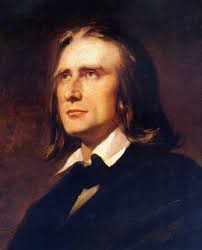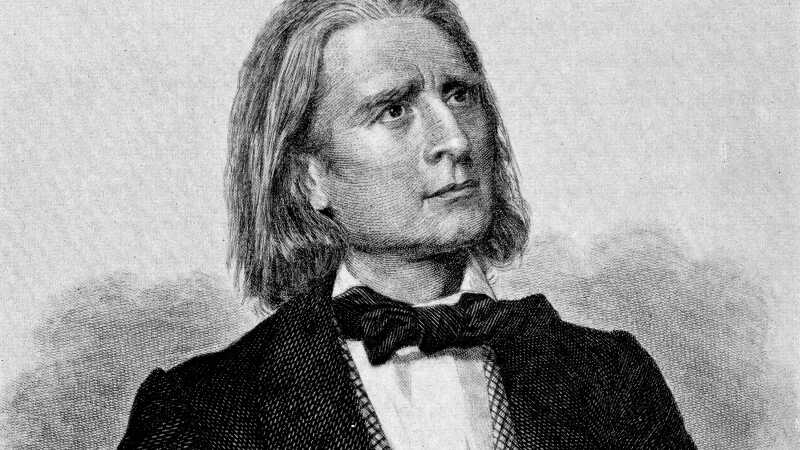The History of A Faust Symphony by Franz Liszt
Franz Liszt, one of the towering figures of 19th-century Romantic music, was not only a piano virtuoso but also a bold musical thinker who sought to expand the expressive range of orchestral music. Among his most ambitious and profound works is Eine Faust-Symphonie (A Faust Symphony), composed in 1854 and revised in 1857. Inspired by Johann Wolfgang von Goethe’s monumental drama Faust, Liszt’s symphony is a philosophical and emotional exploration of the human condition, rendered in a richly expressive musical language.
Origins and Inspiration
Liszt’s fascination with Goethe’s Faust can be traced back to his youth. Like many intellectuals of his time, he was captivated by the German poet’s exploration of human ambition, love, and redemption. Goethe’s Faust tells the story of a scholar who makes a pact with the devil, Mephistopheles, in a quest for ultimate knowledge and pleasure, only to be ultimately redeemed by divine love.
Liszt originally conceived A Faust Symphony as part of a larger project celebrating Goethe’s literary genius. The idea was to musically portray the three central characters of Faust—Faust, Gretchen, and Mephistopheles—each representing different aspects of the human soul: the striving intellect, pure love, and cynical negation.
Composition and Structure
Completed in 1854 while Liszt was serving as Kapellmeister in Weimar, the symphony was first performed on September 5 of that year as part of the Goethe Centenary celebrations. Liszt later revised the score in 1857, adding the choral “Chorus Mysticus” to the finale, which uses Goethe’s own words to suggest Faust’s ultimate redemption.
Unlike traditional symphonies, A Faust Symphony consists of three continuous movements, each a musical portrait:
- Faust – The longest and most complex movement, it is a psychological study of the protagonist’s inner turmoil and unrelenting quest for truth and meaning. The music shifts constantly in mood and tonality, reflecting Faust’s restless and multifaceted character.
- Gretchen – In contrast, the second movement is lyrical and tender, capturing the innocence and love of the young girl seduced and ultimately destroyed by Faust. Liszt’s writing here is notable for its delicate textures and heartfelt melodies.
- Mephistopheles – The final movement is a grotesque and ironic distortion of themes from the Faust movement, symbolizing the mocking, destructive power of Mephistopheles. However, it is telling that he has no original material of his own; instead, he parodies Faust’s music, underscoring the idea that evil is a perversion of the good. The movement concludes with the sublime “Chorus Mysticus”, invoking divine grace and transcendence.
Innovations and Impact
A Faust Symphony was groundbreaking for its time. It fused the symphonic form with the concept of musical portraiture and psychological narrative. Liszt used leitmotifs—recurring themes associated with characters and ideas—in a way that prefigured Wagner and later cinematic scoring techniques. His harmonic daring and formal experimentation helped pave the way for the tone poem and influenced composers like Richard Strauss, Gustav Mahler, and Arnold Schoenberg.
The addition of the male chorus and tenor soloist in the revised version also marked an important moment in Liszt’s spiritual development. By incorporating the Chorus Mysticus, Liszt affirmed his belief in the possibility of spiritual salvation and the triumph of divine love over human weakness.
Reception and Legacy
Initial reactions to A Faust Symphony were mixed. Some admired its ambition and expressive depth, while others found its structure unconventional and difficult to grasp. Over time, however, the work has come to be recognized as one of Liszt’s greatest achievements—a masterful blend of intellectual rigor and emotional intensity.
Today, A Faust Symphony remains a staple in the repertoire of conductors and orchestras with a passion for Romantic-era grandeur and psychological depth. It stands as a testament to Liszt’s unique voice and his unwavering commitment to pushing the boundaries of music.
Conclusion
Franz Liszt’s A Faust Symphony is more than a piece of music—it is a philosophical journey through the complexities of the human spirit. By giving musical form to Goethe’s immortal characters, Liszt created a work that continues to resonate with audiences more than 150 years after its premiere. It is a symphony not of events, but of ideas and emotions, making it one of the most intellectually and spiritually ambitious compositions of the 19th century.


Comments are closed